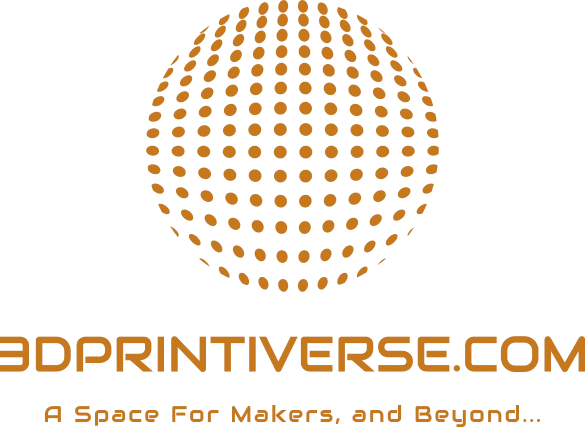Introduction
As 3D printing continues to gain traction across various industries, its environmental impact is an important consideration. This blog explores the sustainability of 3D printing, examining both the benefits and challenges it presents in terms of environmental impact. From reducing waste to promoting localized production, 3D printing has the potential to contribute to a more sustainable future.
Benefits of 3D Printing for Sustainability
-
Reduction of Material Waste: Traditional manufacturing methods often involve subtractive processes, where material is removed from a larger block to create a part. This can result in significant material waste. In contrast, 3D printing is an additive process, building objects layer by layer, which can drastically reduce waste.
-
Energy Efficiency: 3D printing can be more energy-efficient than traditional manufacturing methods. For example, producing parts on-demand reduces the need for large inventories and the associated energy costs of storage and transportation.
-
Localized Production: By enabling localized manufacturing, 3D printing can reduce the carbon footprint associated with shipping and logistics. This is particularly beneficial for custom and small-batch production, where transportation costs and emissions can be significant.
Challenges and Considerations
-
Material Sustainability: While 3D printing can use a variety of materials, not all are environmentally friendly. Many commonly used plastics are derived from non-renewable sources and can be difficult to recycle. However, advancements in bio-based and recyclable materials are promising steps toward more sustainable options.
-
Energy Consumption: Despite its potential for energy efficiency, 3D printing can be energy-intensive, particularly for larger or more complex prints. The energy source for 3D printers also plays a role in their overall environmental impact. Using renewable energy sources can mitigate this concern.
-
Lifecycle Assessment: A comprehensive assessment of the environmental impact of 3D printing should consider the entire lifecycle of the printed objects, including material extraction, production, use, and end-of-life disposal. This holistic approach can help identify areas for improvement and ensure more sustainable practices.
Future Directions for Sustainable 3D Printing
The future of sustainable 3D printing lies in continued innovation and research. Key areas of focus include:
- Development of Eco-friendly Materials: Advancing the use of biodegradable, recyclable, and bio-based materials can significantly enhance the sustainability of 3D printing.
- Energy-efficient Printing Technologies: Innovations in printing technology that reduce energy consumption and improve efficiency are crucial.
- Circular Economy Practices: Embracing principles of the circular economy, such as designing for disassembly and recycling, can extend the life of 3D printed products and reduce waste.
Conclusion
3D printing holds significant promise for contributing to a more sustainable future. By reducing material waste, enabling localized production, and advancing the use of eco-friendly materials, it offers a pathway toward more sustainable manufacturing practices. However, addressing the challenges and ensuring a comprehensive approach to sustainability will be key to realizing its full potential. As technology and practices continue to evolve, 3D printing can play a pivotal role in promoting environmental sustainability.




